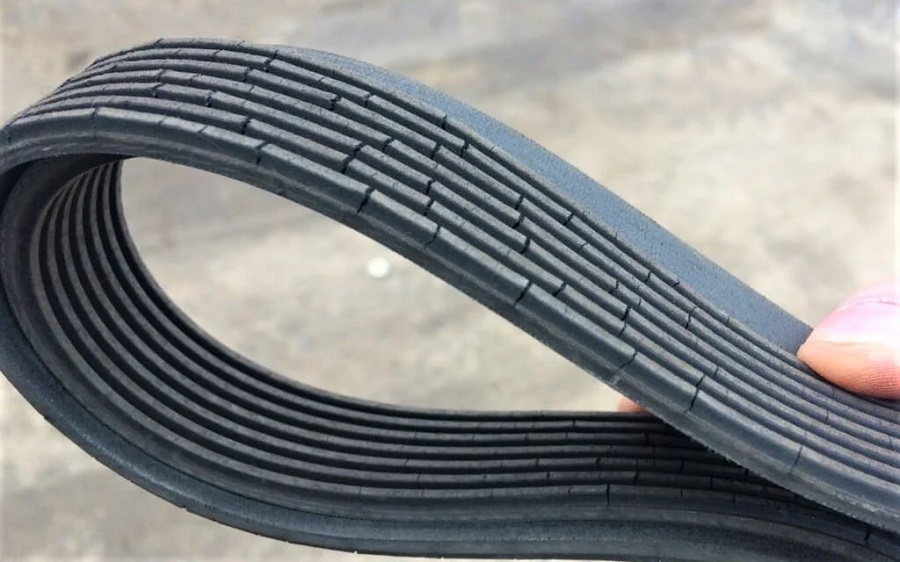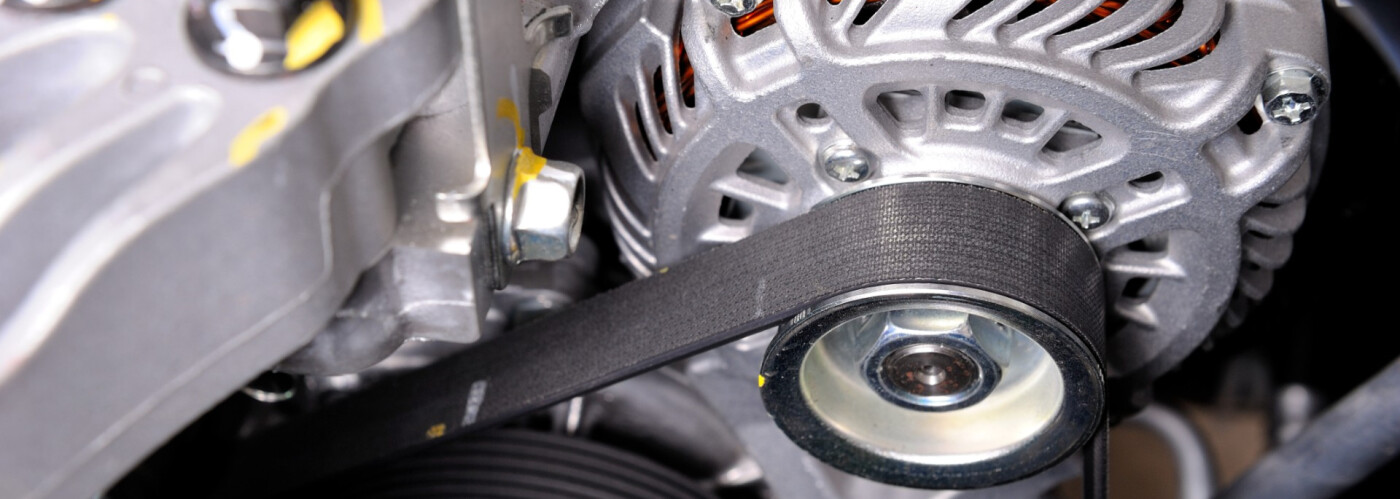In the intricate symphony of automotive mechanics, one unsung hero plays a pivotal role—the serpentine belt. This unassuming rubber belt, wrapping around the front of the engine, is far more than a mere accessory; it is the silent conductor that ensures the harmony of various engine components. Let’s delve into the world of serpentine belts, unraveling their significance, symptoms of wear and tear, replacement costs, and the essential know-how to maintain your vehicle’s heartbeat.
Understanding the Serpentine Belt: A Powerhouse Wrapped in Rubber
At first glance, it may seem like a humble component, but its role is anything but ordinary. This rubber belt serves as the lifeline of your vehicle, transmitting power to critical components such as the power steering pump, alternator, air conditioning compressor, oil pump, and water pump. Without this unassuming yet crucial belt, the engine’s performance would be akin to a symphony missing its conductor.
The typical lifespan of a serpentine belt ranges from 60,000 to 100,000 miles. However, as with any essential vehicle component, wear and tear are inevitable. Regular inspection and timely replacement are key to ensuring the smooth operation of your vehicle.
Recognizing the Telltale Signs: Symptoms of a Failing Serpentine Belt
A failing serpentine belt often announces its distress through a series of symptoms, alerting the discerning driver to impending issues. If you notice squealing, squeaking, screeching, or chirping noises emanating from the engine, it’s time to investigate. These audible cues may be accompanied by more tangible problems such as engine overheating, loss of power steering, a non-functioning air conditioning system, or a dead battery.
Inspecting the belt for visible cracks is another crucial step. These cracks are telltale signs of wear and impending failure. The vigilant driver should be attuned to these symptoms, addressing them promptly to avoid more extensive damage to the engine components powered by the serpentine belt.
Evaluating the Cost: Serpentine Belt Replacement
Like any maintenance procedure, serpentine belt replacement comes with associated costs. On average, the replacement cost ranges from $70 to $200. The exact figure, however, hinges on variables such as the vehicle make and model and the labor involved. While this may seem a nominal expense in comparison to potential engine damage, it underscores the importance of regular vehicle maintenance to prevent more significant financial burdens down the road.
DIY Guide: How to Replace a Serpentine Belt
While the replacement cost may vary, a proactive car owner can opt for a do-it-yourself approach. Here is a step-by-step guide to replacing a serpentine belt:
- Disconnect the Battery: Begin by disconnecting the vehicle’s battery to ensure safety during the replacement process.
- Locate the Serpentine Belt: Familiarize yourself with the belt’s pathway, noting its position around various engine components.
- Loosen the Tensioner: Using the appropriate tool, loosen the tensioner to create slack in the belt, facilitating its removal.
- Remove the Old Belt: Slide off the old belt, taking note of its path for accurate installation of the new belt.
- Install the New Belt: Thread the new belt along the designated pathway, following the same route as the old one.
- Tighten the Tensioner: Once the new belt is in place, tighten the tensioner to the manufacturer’s specifications.
- Reconnect the Battery: Re-establish the connection with the vehicle’s battery, completing the replacement process.
This DIY approach not only empowers car owners but also contributes to cost savings. However, it’s essential to exercise caution and consult the vehicle’s manual for specific instructions tailored to your make and model.
Frequently Asked Questions: Navigating the Intricacies of Serpentine Belts
- Difference Between a Serpentine Belt and a Timing Belt:
- The primary distinction lies in their functions. A serpentine belt powers various engine components, while a timing belt synchronizes the engine’s camshaft and crankshaft.
- Consequences of a Broken Serpentine Belt:
- A broken belt can lead to a cascade of issues, including engine overheating, loss of power steering, a non-functioning alternator, and a compromised air conditioning system.
- Causes of a Belt Breakage:
- Factors such as wear and tear, exposure to extreme temperatures, or issues with other components driven by the belt can contribute to its breakage.
In essence, the serpentine belt is a linchpin in your vehicle’s performance, necessitating vigilance and proactive maintenance. By understanding its role, recognizing symptoms of wear, and taking the necessary steps for replacement, car owners can ensure the longevity and efficiency of their vehicles. As the unsung hero beneath the hood, the serpentine belt deserves a spotlight in every car owner’s maintenance repertoire.







